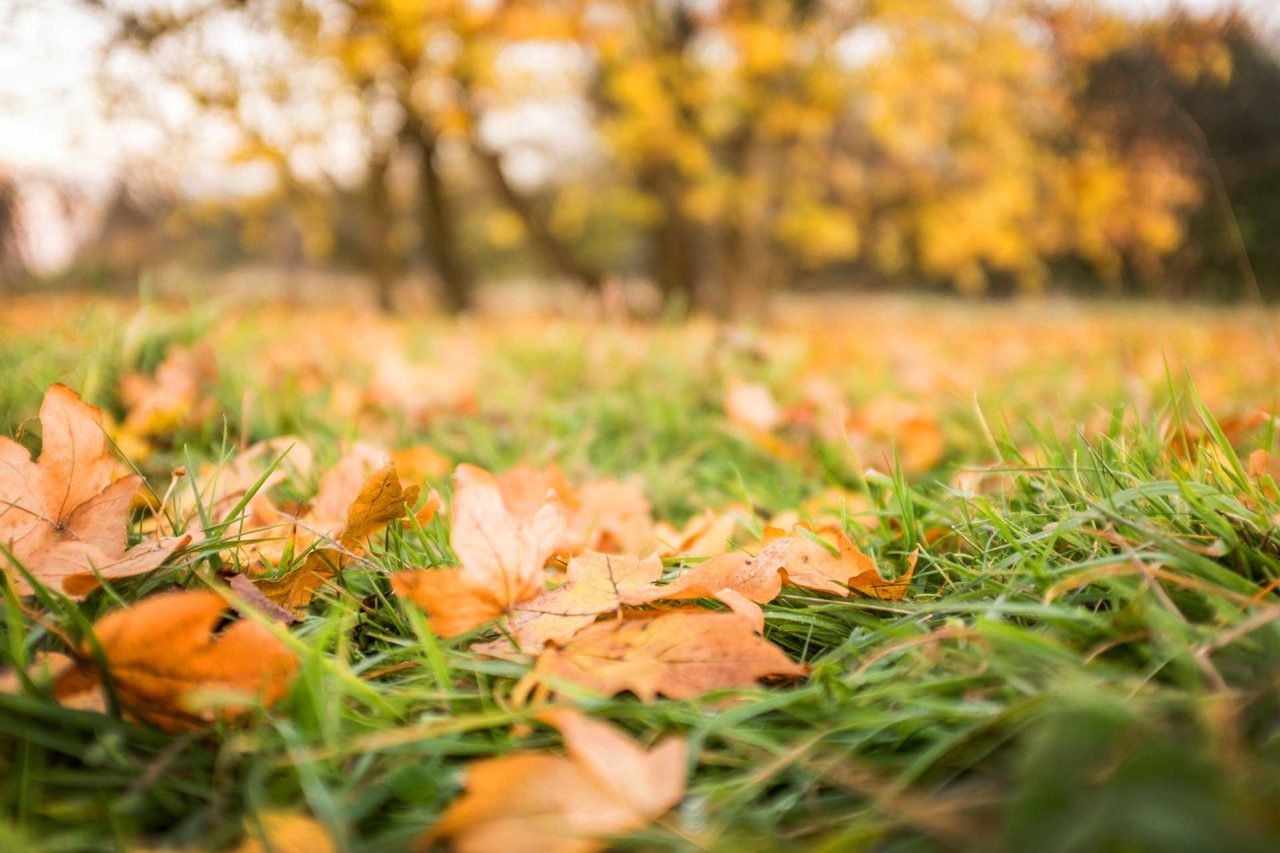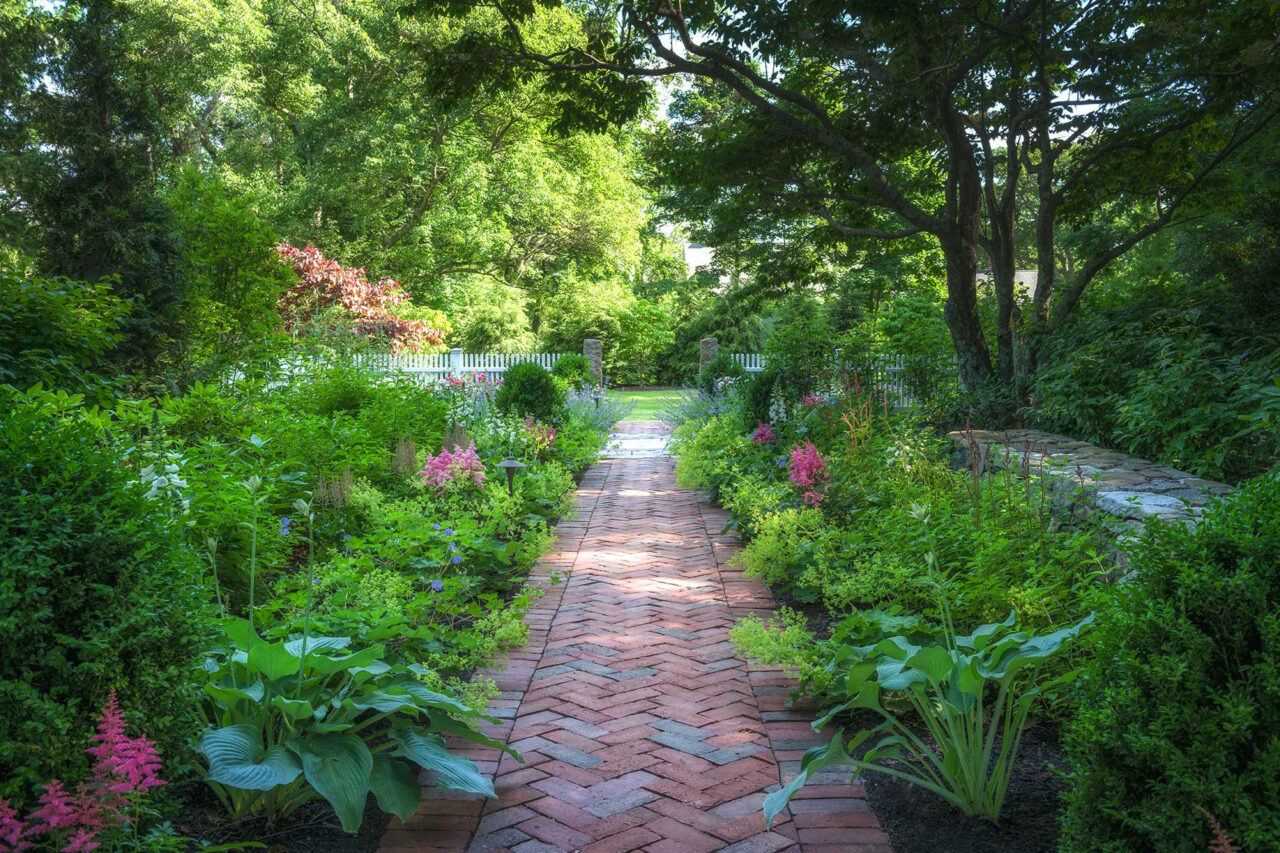Introduction
For homeowners in the Greater Boston area seeking the best landscaping results, the usual “mow, trim, water” guidance simply doesn’t cut it. With four distinct seasons, variable precipitation, rapid temperature swings, and diverse micro-climates in our region, a refined approach to landscaping is required. From sophisticated lawn care and smart irrigation to hard-scape integration and plant selection tailored for New England, these are the strategies that elevates your outdoor space into a truly high-end environment.
In this article, we’ll explore 10 expert landscaping tips designed for Boston-area properties. These aren’t basic bullet-points: they reflect professional-grade practices in site assessment, species selection, irrigation system calibration, soil health, and landscape architecture.
Key Takeaways
- Start with a site and soil audit to guide plant selection, irrigation, and maintenance.
- Choose region-appropriate turf and native plants suited to Boston’s climate for lasting beauty and resilience.
- Maintain with precision—proper mowing, smart irrigation, and tailored fertilization keep landscapes healthy year-round.
- Plan proactively using a seasonal calendar and integrated pest, weed, and disease management.
- Unify design and sustainability by blending hardscape and softscape elements with durable, eco-friendly materials that perform for years.
Why Boston’s Climate Demands a Tailored Landscaping Approach
Greater Boston sits roughly in USDA Hardiness Zones 5a to 7b, which means our plants, turf, and hardscape features must tolerate harsh winters, variable spring moisture, hot summer spells, and autumn transitions.
Additionally:
- Micro-climatic variation matters: north vs. south exposures, shaded vs. full-sun zones, slopes, urban heat islands.
- New England soils range from sandy to heavy clay, with compaction from freeze/thaw cycles and foot traffic common.
- To achieve a truly impressive landscape—rather than one that just survives—you’ll need systems and processes aligned with your property’s unique conditions.
With that foundation in mind, here are ten expert tips.
1. Conduct a Comprehensive Site & Soil Audit
Why it’s foundational
Any successful landscape begins by understanding where you are—soil type, compaction, drainage, micro-zones, tree cover, sun/shade patterns—and adjusting design and maintenance accordingly.
Expert steps to follow
- Soil testing: Use a certified lab to check pH, nutrient levels, organic matter and compaction. In Massachusetts, universities such as University of Massachusetts Amherst provide extension services.
- Map micro-zones: Identify areas of your property with different exposures (for instance, southern-facing slope vs. shaded north side, tree canopy vs open lawn).
- Amend and plan: Based on test results and micro-zone mapping, develop a landscape plan that differentiates design and maintenance by zone (full-sun lawn, shade bed, heavy traffic pathway, etc.).
- Baseline maintenance plan: Define mowing height differences, irrigation zones, plant palettes and hardscape interactions zone-by-zone.
This audit ensures your later efforts—whether fertilization, irrigation or plant selection—are well-targeted and efficient.
2. Choose the Right Plant and Turf Species Blend for the Region
Why it matters
A successful landscape isn’t just about picking pretty plants—it’s about selecting species and cultivars that thrive under Boston’s climate, provide resilience, and integrate with your design intentions.
Advanced considerations
- For your lawn areas, select cool-season grasses (e.g., Kentucky bluegrass, fine fescue, perennial ryegrass) suited to New England conditions rather than attempting warm-season turf that will struggle.
- For garden beds and landscape plantings, favour native or region-proven species. Studies advise using native plants for New England landscapes to improve success and reduce input.
- Match plants to exposure and soil conditions: shade-tolerant under mature trees, drought-resistant on slopes, salt-tolerant near coastal or brackish contexts.
- Plan for layering: structural trees/scrubs, mid-layer perennials, ground cover—creating depth, seasonal interest and biodiversity.
By selecting the right palette, you reduce maintenance, irrigation needs and long-term risk while achieving a higher-end aesthetic.
3. Mowing & Turf Maintenance for Luxury Lawn Areas
Why it matters
Even when turf is just one part of your landscape, high-end properties include lush lawn zones that must maintain consistent aesthetic and structural quality. Mowing and turf care do more than look good—they control root health, plant vigor and how the rest of the landscape relates to it.
Expert mowing strategy
- Maintain sharp mower blades: dull blades tear the turf, weaken plants and degrade appearance.
- Follow the “one-third rule”: never remove more than about one-third of the blade height at any one cut.
- Set mowing height strategically: for cool-season grasses in New England aim for ~3–3.5 inches during active growth; raise height during summer to increase shade of soil and reduce stress.
- Vary mowing patterns and direction to avoid compaction stripes and preserve visual interest.
- Maintain turf-to-edge transitions cleanly (especially where lawn abuts garden beds or hardscape) to create that crisp, luxury look.
When lawn areas are maintained to a premium standard, they serve as a visual anchor for the entire landscape.
4. Core Aeration, Overseeding & Soil Renewal
Why it matters
Soil compaction, heavy traffic, thatch accumulation and root depth issues degrade lawn performance and affect adjoining plant zones. For a high-quality lawn and adjacent landscape beds, periodic renewal is critical.
Best-practice protocol
- Core aeration: Use plug-style aeration every 12–24 months in lawn zones to relieve compaction, enhance infiltration and improve root growth.
- Overseeding: Immediately following aeration, overseed with your selected turf species blend (see Tip 2), particularly in late summer when conditions are optimum.
- Top-dressing: Apply a thin layer (¼-½″) of premium compost or topsoil mix after overseeding to improve seed-to-soil contact and boost organic matter.
- Maintain moisture and limit traffic until seedlings are established.
- Extend similar renewal thinking to garden beds: refresh soil, amend with compost or organic matter, inspect root zones of larger trees/shrubs.
By proactively renewing critical zones, you preserve the premium finish rather than wait for decline.
5. Deep, Infrequent Irrigation & Smart-Zone Design
Why it matters
Irrigation plays a central role in landscape success—especially in a climate like Boston’s, where rainfall can be inconsistent and seasonal stress is common. The best landscapes use irrigation systems intentionally rather than reactively.
Advanced irrigation tactics
- Design irrigation zones based on micro-climates: full-sun lawn, shade bed, tree understory, garden beds, hardscape perimeter each get unique run times and head/nozzle specifications.
- Use deep, infrequent watering to encourage root development and drought resilience. Shallow, frequent watering promotes weak roots and higher maintenance.
- Install a weather-based or soil-moisture sensor controller to adjust watering based on actual conditions rather than a fixed schedule.
- Calibrate and inspect annually: check coverage, head alignment, leaks, runoff, broken nozzles.
- Use watering in early-morning windows (e.g., 5 a.m.–9 a.m.) to reduce evaporation and disease risk.
- For garden beds, consider drip or subsurface irrigation rather than spray heads to reduce evaporation and water waste.
By controlling irrigation at the zone-level and matching to actual landscape needs, you elevate maintenance efficiency and overall performance.
6. Strategic Fertilization & Nutrient Planning Across Plant Zones
Why it matters
Whether for turf, shrubs, perennials or trees, nutrient management must be tailored to species, season, site-condition and long-term performance—not just generic “fertilize twice a year”.
Expert nutrient plan
- Base everything on soil test results (from Tip 1). Apply amendments only where needed.
- Turf zones: For cool-season lawns in New England, timing matters: apply slow-release nitrogen in late spring and again in late summer/early fall, emphasize potassium in fall to strengthen roots and cold resilience.
- Garden beds and trees: Apply compost annually, mulch appropriately, avoid over-fertilizing shrubs under trees (which invites competition and reduces maturity).
- Micro-zone adjustment: For example, shaded bed beneath trees may receive less sunlight and may need lower nitrogen, more organic matter.
- Monitor for micronutrient deficiencies (iron, manganese) particularly under trees and heavily shaded areas.
- Integrate nutrient management with organic practices: increasing organic matter improves microbial activity which enhances nutrient uptake and plant resilience.
When planned thoughtfully, fertilization becomes a precision tool—not just a maintenance cost.
7. Weed, Pest & Disease Prevention via Integrated Landscape Management
Why it matters
In most landscapes, reactive “spot fix” solutions are costly, disruptive and visually inconsistent. Expert-level landscaping uses proactive, integrated strategies across lawn, garden beds and hardscape zones.
Advanced prevention strategies
- For turf areas, use pre-emergent herbicides timed for regional conditions (early spring for crabgrass control, etc.).
- For garden beds and trees, favour cultural controls: maintain healthy soils, mulch layers, correct spacing, appropriate species selection (see Tip 2).
- Monitor for insect/pest activity (grubs in turf, borers in trees, slug/snail in shaded beds)—establish baseline and inspect annual hotspots rather than applying broad treatments.
- Emphasize proper drainage, air circulation and sunlight in landscape design (poor drainage and heavy shade increase fungal-disease risk).
- Maintain clean edges between turf and beds, keep debris cleared and fallen leaves raked in autumn to reduce overwintering pests.
- Adopt ecological/low-chemical practices where possible: use native plants, build beneficial insect habitat, avoid over-fertilization which can increase disease susceptibility.
This integrated perspective makes your landscape more resilient and visually consistent throughout the year.
8. Seasonal Planning: Get Ahead of Boston’s Climate Cycle
Why it matters
The Greater Boston region experiences distinct seasons—each with its own opportunities and risk-windows for landscaping. Premium landscapes leverage the calendar rather than scramble to react.
Recommended seasonal calendar
- Late March-April (Spring preparation): Clean up debris, sharpen tools, inspect irrigation, test soil, apply early pre-emergent or soil amendments.
- May–June (Active growth): Begin regular mowing, irrigate deeply/infrequently, monitor new plantings, prune shrubs lightly if needed.
- July–August (Summer stress period): Raise mowing height, reduce frequent fertilization, monitor irrigation zones, shade stress, drought tolerance.
- Late August-October (Prime window): Overseed or renovate turf zones, aerate if needed, apply fall fertilization, plant shrubs/perennials that benefit from cooler soils and moist conditions.
- November–Winter preparation: Clear leaves and debris, reduce mowing height gradually, mulch beds, winterize irrigation system, plan for next year’s improvements.
Planning your landscaping around this rhythm helps avoid being consistently behind the curve.
9. Hardscape + Landscape Integration for Luxury Results
Why it matters
High-end landscapes don’t treat hardscapes (patios, pathways, lighting, edging) as an after-thought. They integrate softscape and hardscape seamlessly so that the entire outdoor environment is cohesive, functional, and visually refined.
Expert integration tactics
- Design transitions: Where turf meets patio, where garden bed meets walkway, where lighting meets edge—each junction matters. Clean edging, consistent materials, defined boundaries elevate the aesthetic.
- Choose materials that reflect local conditions: Natural stone (granite, slate), high-end pavers, high-quality timber or composite decking—all sized and installed with exact tolerances.
- Allow for maintenance access: irrigation lines, mowing edge zones, snow-removal clearance in winter—especially important in New England landscapes.
- Integrate landscape lighting and irrigation with hardscape design to highlight features, increase usability at dusk and improve safety.
- Use mulched-bed buffer zones where turf meets tree-canopy or hardscape edges to reduce turf stress, leaf debris accumulation, root competition.
When you design and maintain with hardscape and softscape as two parts of a unified whole, your property delivers the “luxury outdoors” experience.
10. Sustainability & Future-Proofing: Make Your Landscape Work for the Long Term
Why it matters
Successful landscapes aren’t just about how they look today—they’re about performance tomorrow, climate resilience, water efficiency, and environmental stewardship. And in the Boston region, sustainability is both aesthetic and practical.
Advanced sustainability practices
- Use native plants extensively—they’re adapted to local climate and reduce water/maintenance needs.
- Incorporate rain gardens, bioswales or permeable pavers to manage stormwater and protect local waterways.
- Install smart irrigation controllers, collect roof-runoff, and reduce reliance on city water where possible.
- Select durable materials for hardscape that will withstand freeze-thaw and New England weather cycles.
- Plan for flexibility: anticipate shifts in climate, invasive species, soil health changes—select plants and systems that can adapt rather than become outdated.
By embedding sustainability and future-proofing into your landscaping plan today, you increase long-term value, reduce risk and maintain that high-end appearance over years and decades.
Did You Know?
According to a national landscaping survey, 43% of homeowners reported struggling with weeds, 36% cited lack of time, and 32% reported grass browning or dying in their yards. Best-practice landscapes mitigate these issues by being proactively managed rather than simply reactive.
“Understanding your site and tailoring your plant selections and irrigation zones accordingly is the mark of a professional landscape — not just a pretty yard.” — Miriam Hellweg, Mass Certified Horticulturist, a Blade of Grass
Conclusion
For homeowners in the Boston region poised to elevate their outdoor space into a standout property, these ten expert landscaping tips provide the roadmap. When you move beyond standard maintenance and embrace site-specific strategy, premium materials and integrated design, your property becomes a enjoyable experience rather than just a yard.
Ready to bring this level of sophistication to your landscape? Contact the team at a Blade of Grass to arrange a free consultation. We specialize in full-service luxury landscape design and maintenance in the Boston area and can help you plan, design, execute, and maintain a landscape that stands out.


